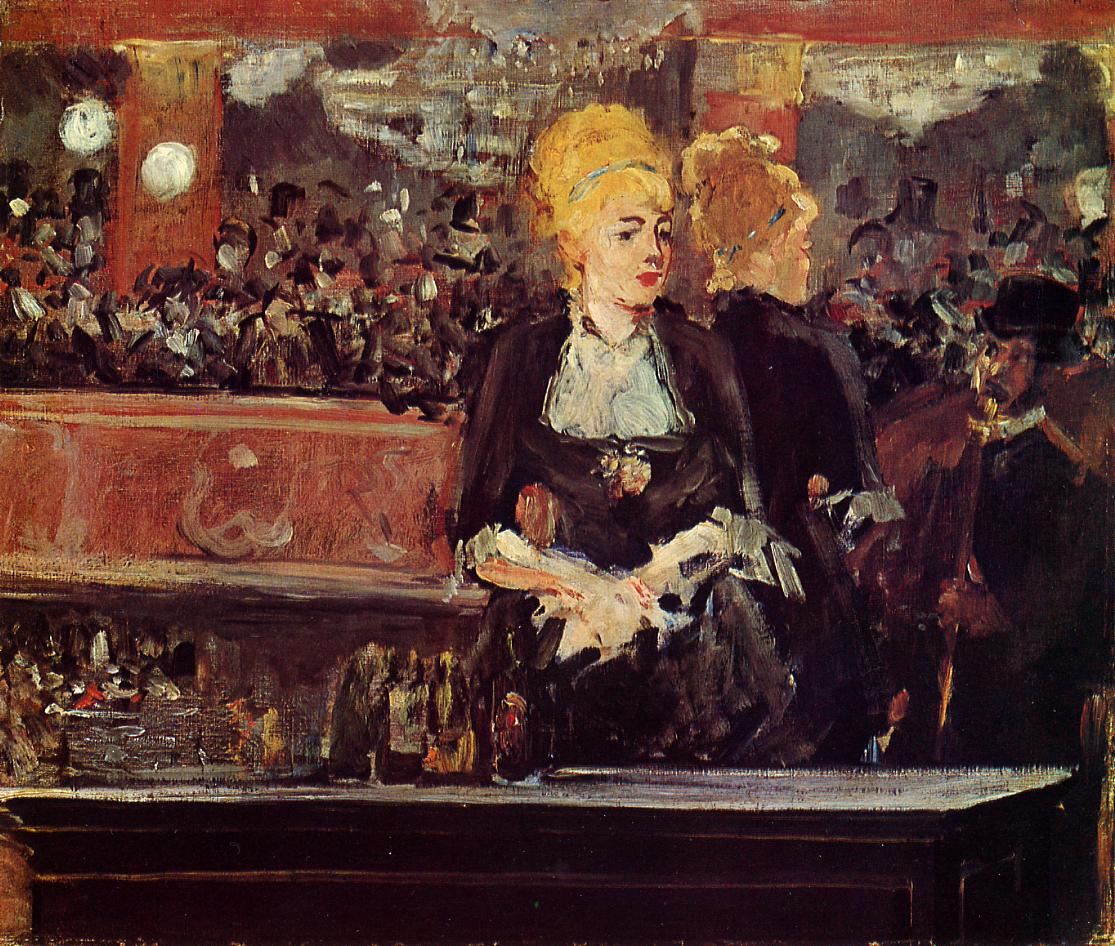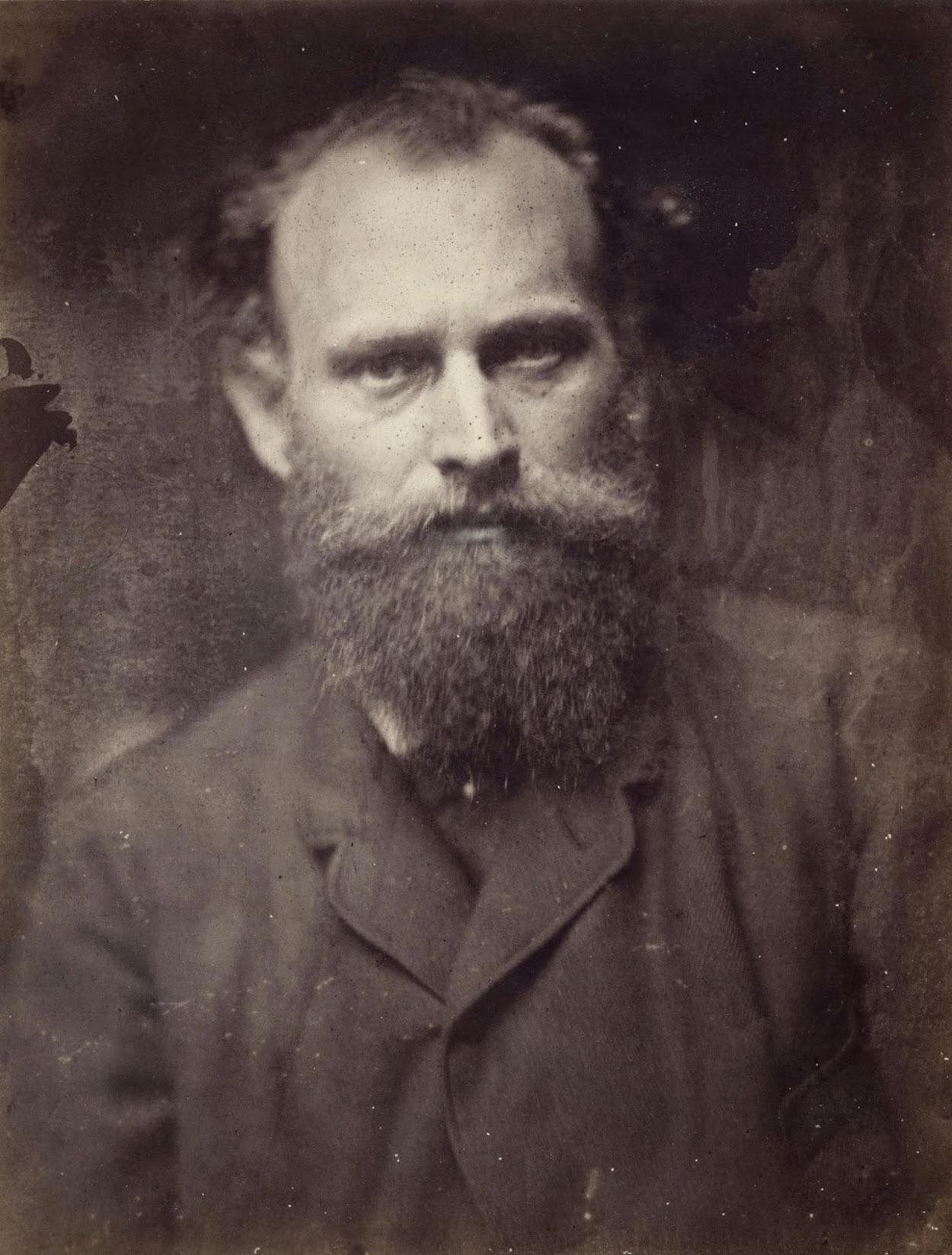



Study for "Bar at the Folies-Bergere"
oil on canvas • 47 x 56 cm
Painted just a year before Edouard Manet’s death, “A Bar at the Folies-Bergere” (1882) is, in many ways, a signature representation of Manet’s style. At its core, like so many of Manet’s finest works of art, the painting is characterized by the gaiety of a Parisian scene yet offset by private alienation. It’s a very modern take on urban life.
This is not at all surprising, given his reputation as a “flaneur” and his close association with Writer Charles Baudelaire, who challenged artists and writers of his day to capture the great spectacle of life in the modern city. In “A Bar at the Folies-Bergere,” Manet has done just that.
Moreover, he has given his audience much more: a playful (if often misunderstood) deceptiveness with space, a look at the morality of the time and even an homage to his friends (two of whom have been clearly identified in the painting’s background).
 Édouard Manet
Édouard Manet